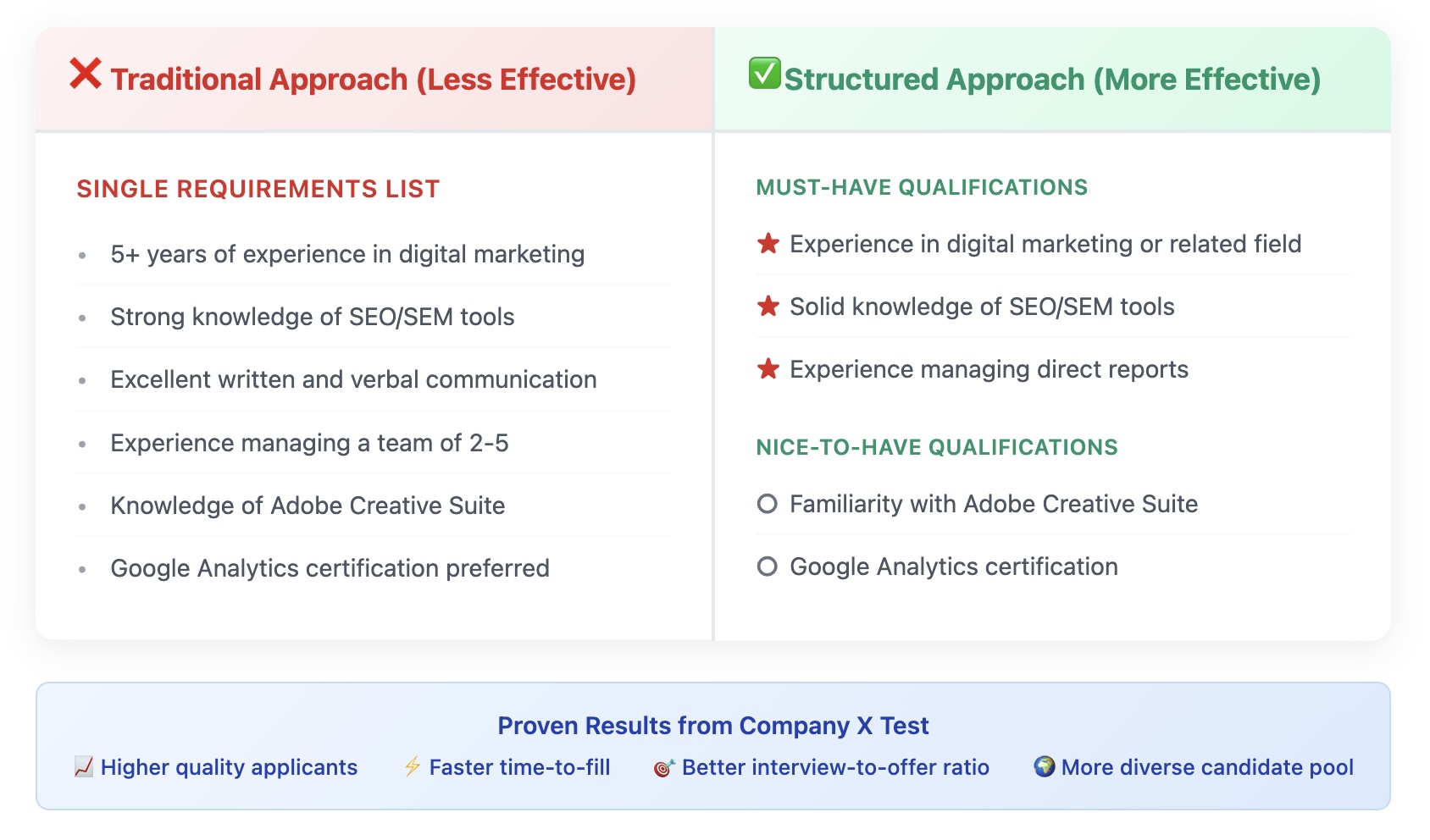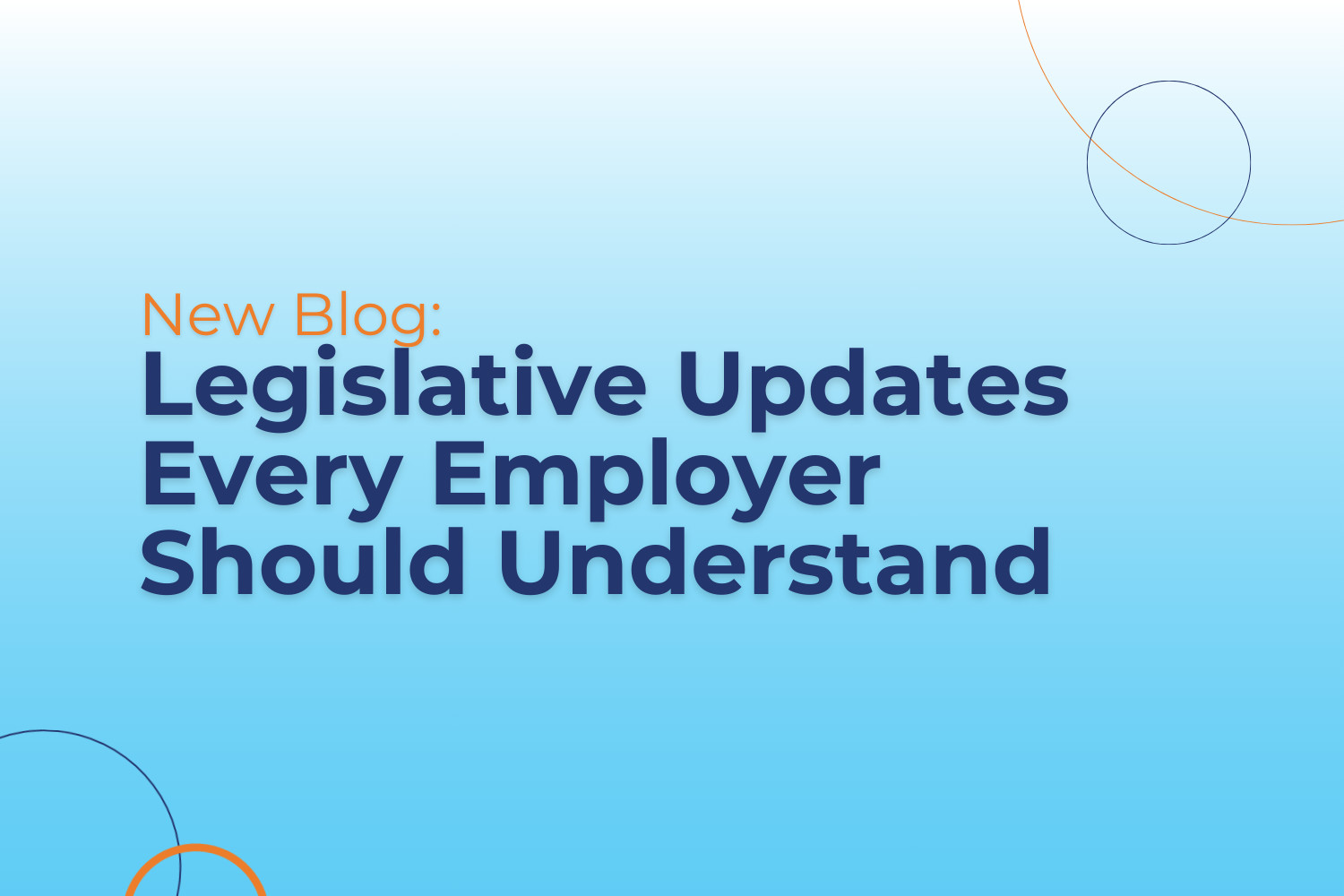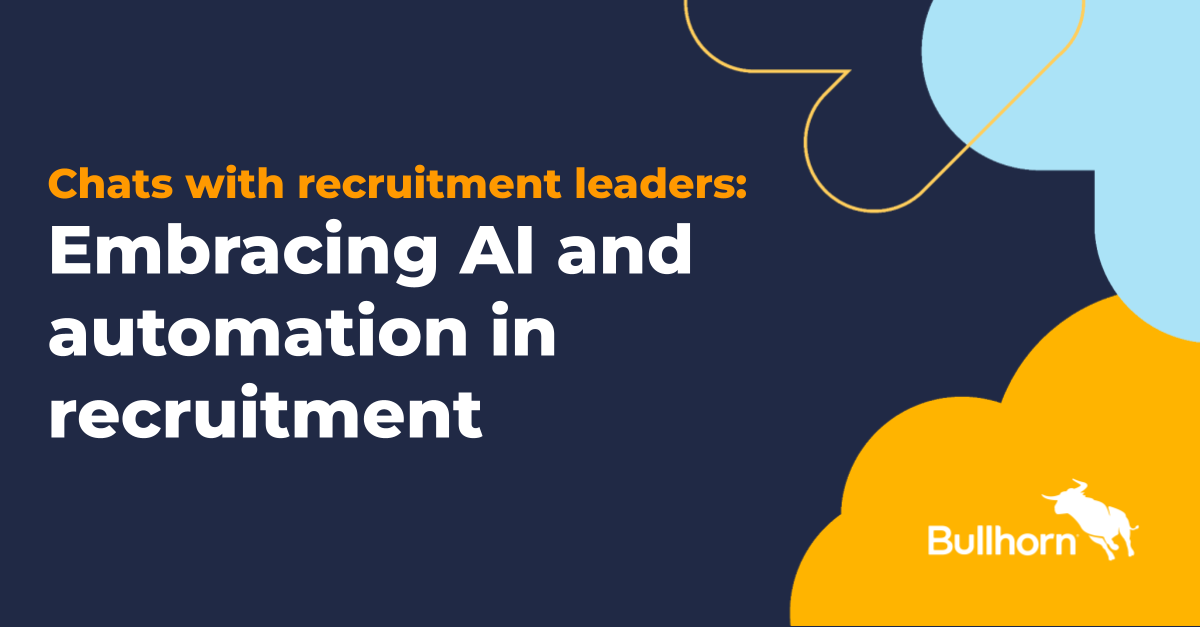![]()
![]()
In the realm of human resources, effective workflows and reporting are essential for maintaining organisational efficiency and ensuring compliance. Workflows refer to the processes that HR teams follow to complete tasks, while reporting involves analysing data to make informed decisions. In this blog, we will explore the importance of streamlined workflows and reporting in HR, common challenges faced, and best practices for success.
The Importance of Streamlined Workflows
1. Increased Efficiency
Streamlined workflows enable HR teams to complete tasks more efficiently. By clearly defining processes and eliminating unnecessary steps, HR professionals can save time and reduce the risk of errors. This efficiency allows HR teams to focus on strategic initiatives that drive organisational success.
2. Enhanced Collaboration
Effective workflows promote collaboration among HR team members and other departments. By establishing clear roles and responsibilities, HR professionals can work together more effectively, ensuring that tasks are completed on time and to a high standard.
3. Improved Compliance
Streamlined workflows help organizations maintain compliance with labor laws and regulations. By following established processes, HR teams can ensure that all necessary steps are taken, reducing the risk of non-compliance and associated penalties.
The Role of Reporting in HR
1. Data-Driven Decision Making
Reporting is essential for data-driven decision-making in HR. By analysing key metrics such as employee turnover, engagement levels, and performance, HR managers can identify trends and make informed decisions that align with organisational goals.
2. Performance Tracking
Regular reporting allows HR teams to track employee performance and progress toward goals. This tracking enables HR managers to provide timely feedback and support, fostering a culture of continuous improvement.
3. Identifying Areas for Improvement
Reporting helps HR professionals identify areas for improvement within the organization. By analysing data, HR managers can pinpoint challenges and implement targeted strategies to address them.
Common Challenges in Workflows and Reporting
1. Lack of Standardisation
Without standardised workflows, HR teams may struggle with consistency and efficiency. This lack of standardisation can lead to confusion and errors, ultimately impacting organisational performance.
2. Data Silos
Data silos occur when information is stored in separate systems, making it difficult for HR teams to access and analyse data effectively. This fragmentation can hinder decision-making and reporting efforts.
3. Time-Consuming Processes
Manual workflows and reporting processes can be time-consuming and prone to errors. HR teams may find themselves spending excessive time on data entry and calculations, detracting from more strategic initiatives.
Best Practices for Streamlining Workflows and Reporting
1. Automate Processes
Investing in HR software that automates workflows and reporting can significantly enhance efficiency. Automation reduces the risk of errors, saves time, and ensures that processes are followed consistently.
2. Standardize Workflows
Establishing standardised workflows helps ensure consistency and efficiency in HR processes. HR managers should document workflows and provide training to team members to ensure everyone understands their roles and responsibilities.
3. Leverage Data Analytics
Utilising data analytics tools can enhance reporting efforts and provide valuable insights. HR managers should invest in software that offers robust reporting capabilities, allowing them to analyse key metrics and make informed decisions.
Conclusion
Streamlined workflows and effective reporting are essential for successful human resource management. By increasing efficiency, enhancing collaboration, and leveraging data-driven decision-making, HR teams can drive organisational success. Implementing best practices for workflows and reporting will enable HR professionals to focus on strategic initiatives that contribute to overall business goals.
![]()
For more relevant posts:
- How to Build a Leadership Development Program
- The Importance of Coaching and Mentoring in Todays World.
- Technology based employee onboarding strategy











